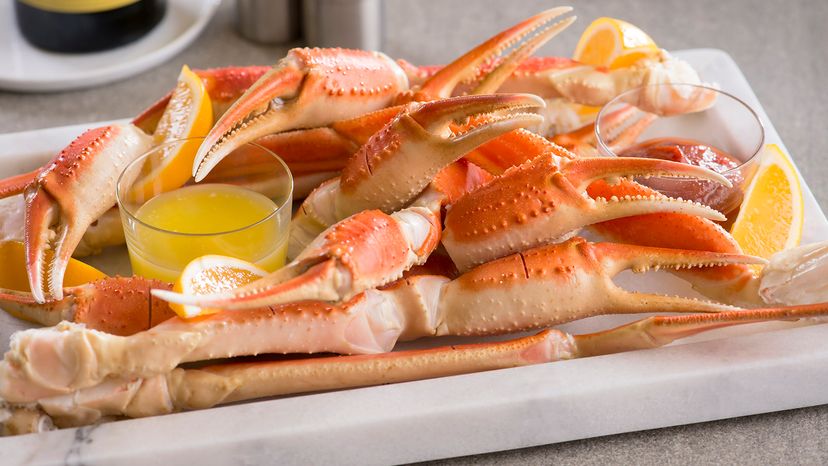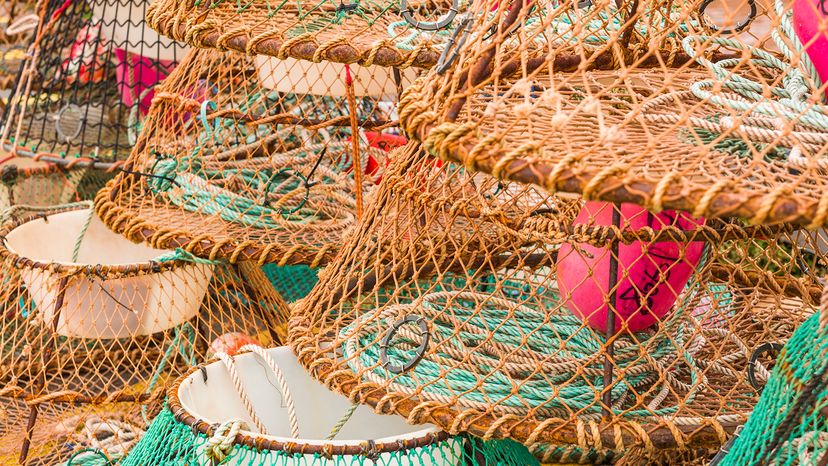
Snow crab is a seafood favorite known for its sweet, succulent meat and long, spindly legs. Found in the cold waters of the North Pacific and Bering Sea, snow crab is a top pick for crab lovers who enjoy cracking shells and dipping the tender meat in melted butter.
Advertisement

